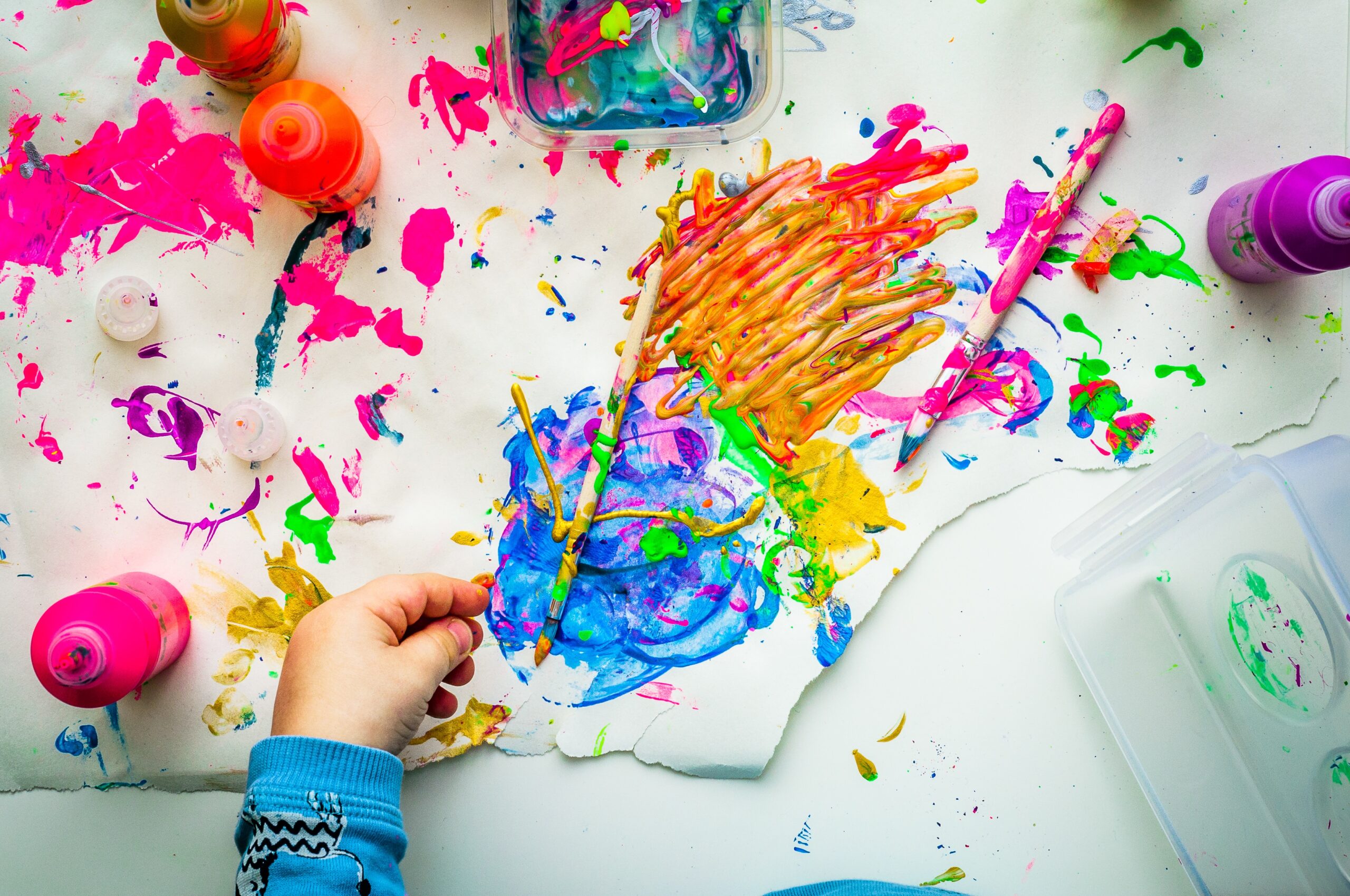What is art therapy?
Art therapy is a type of therapeutic service which enables the client to explore their emotions. Art pieces are created and discussed with the art therapist. The work produced does not necessarily have to be linked to a specific emotion or issue the person may be facing. It is often considered a more gentle approach to traditional talking therapies, which can seem intimidating to some people.
At Future Living, we offer art therapy for men, women and children. We also offer art therapy groups to some of our existing clients. Our skilled art therapists are there to guide the client through the session. They encourage the use of art as a form of expression. It can be a great way to get someone who is slightly reluctant or withdrawn to engage in a supportive environment. Many clients even discover a new hobby in art or craft making. This type of therapy can offer a welcome distraction to any challenges someone may be facing in their lives. It is also appealing to children and young people as it can be fun.
How does it work?
Many people are deterred from the idea of art therapy. Commonly, this is due to the fact they think they need to possess a skill in art in order for the sessions to be successful. This is not the case. Instead the art therapist actively works with the client to encourage them to create unique pieces through which they can convey their feelings or thoughts. Sometimes this can be as simple as using certain colours or marks on paper as a form or expression.
One of our art therapy clients described how the images she created helped her express how she was feeling:
‘The picture of the bridge makes me think about freedom and the pathway to hope for freedom. Art Therapy has helped me to see how I can build a bridge. I have also found a new art form I can use to help myself’
Who is art therapy suitable for?
Art therapy can be useful for clients who find it hard to express themselves. Additionally, sometimes physically drawing or being able to visualise such feelings on paper can prove to be more effective for the client. In some cases, particularly with negative emotions which may be captured, the client can choose to destroy the image or place it in the bin, this can be both empowering and satisfying.
This type of therapy can be used as a long or short term method to support a client with whatever challenges they may be facing in their life. This could be past trauma, domestic abuse, mental health issues or relationship difficulties.
For more information on art therapy, contact [email protected]







